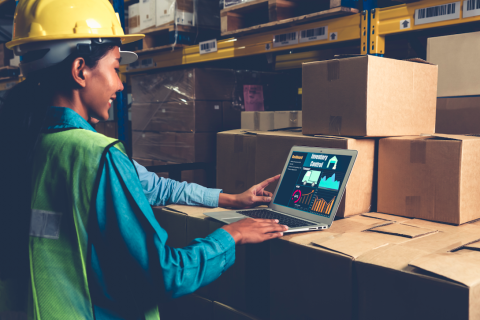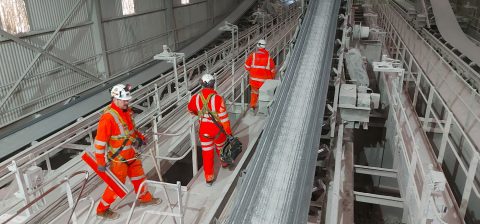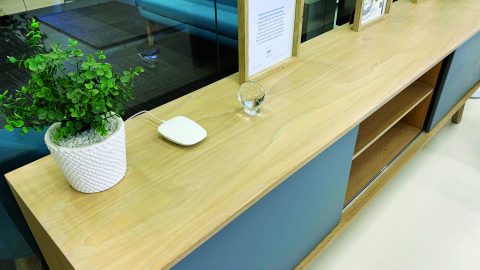Financial Mail Office
Smarten Up
The world is heading into the Fourth Industrial Revolution, with the Internet of Things (IoT) finding its way into every aspect of our lives. It’s even changing the way we build from the ground up. Nowhere can this be seen more than in smart buildings – structures which are built with IoT at their core. These buildings are changing the way businesses function at a foundational level.
A simple definition of a smart building is a structure with IoT systems, which automate functions such as heating, energy usage, access and more. This not only results in buildings having a lower environmental impact, but ones that can improve the wellbeing of those who work inside them.
While buildings that adhere to green ratings have been referred to as smart buildings, contemporary usage of the term refers to a shift towards IoT.
But Adriaan Vorster, AECOM Africa’s Business Line Director for Architecture, says that green buildings paved the way for smart buildings. “A smart building, in my opinion, is the next revolution,” he says. This phase of smart building design incorporates both green principles and technological innovation.
How smart buildings help businesses
Smart buildings are changing the way businesses operate and the environments we work in. Gareth Rees, the Director of Partnerships (Global) for IoT.nxt, says that worker productivity is a huge benefit. “There is significant research that suggests that optimised working conditions increase productivity. The biggest cost of running a building is the cost of the people working in that building, so a smart building could drive increased worker productivity; optimising the cost,” he says.
AECOM Regional Director of Smart Buildings Tony Buckingham notes that connectivity has become essential for successful office environments.
“People want flexible workspaces that feature agile activity-based working [and] provide a range of environments to support collaboration. Mobility and connectivity are key,” Buckingham says.
Smart building technology is also now providing insights for developers and property managers on whether office spaces are being used efficiently.
One of the key challenges of ubiquitous connectivity and IoT devices is that it increases the number of ways a company can face a cyberattack. Earlier this year, for example, it was revealed that hackers who found a weakness in a connected thermometer attached to an aquarium breached the personal data of a Las Vegas casino’s most valuable customers. They exploited this and gained access to databases well outside of the building controls.
“The architecture of a smart building deployment is critical – it needs to prevent sensor to cloud deployments where hacking of a sensor can expose the full enterprise stack,” Rees says. “It is also important to make sure that security exists at all levels in the architecture.”
An important factor to consider is the risk employees’ devices pose. Vorster says that companies need to secure not only their office systems, but the mass of employee devices that operate with them. “A smart building not only has to protect the data within the walls, but also your smartphone interface. One might visit a site that is compromised, and a virus could enter the system if inadequate measures are not in place,” Vorster adds.
SA’s smart building industry is mostly focused on retrofitting older buildings. But older architecture has constraints – especially when it comes to installing systems. In AECOM’s experience, sometimes older buildings don’t physically have the space for these installations.
Another constraint is infrastructure and connectivity. Vorster notes that with high data costs and low bandwidth, SA is lagging behind – especially with fibre internet rollout.
“Once the backbone is there, they can then develop into smart cities,” Vorster says.






 Sign-up and receive the Business Media MAGS newsletter OR SA Mining newsletter straight to your inbox.
Sign-up and receive the Business Media MAGS newsletter OR SA Mining newsletter straight to your inbox.